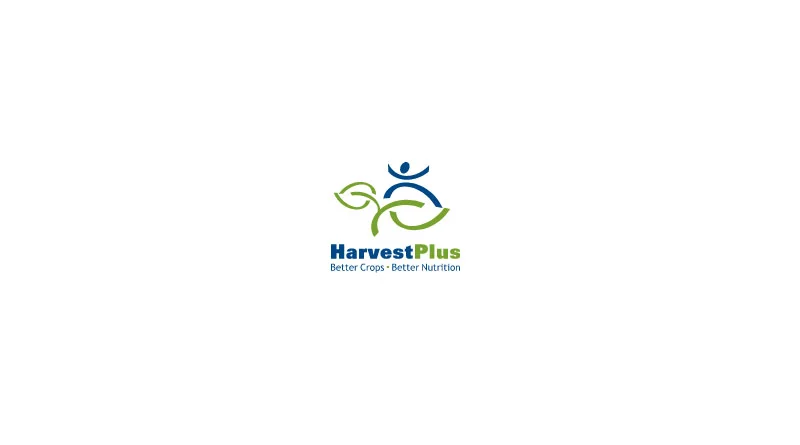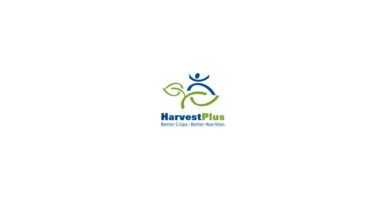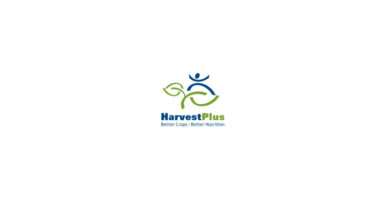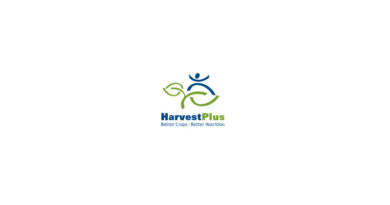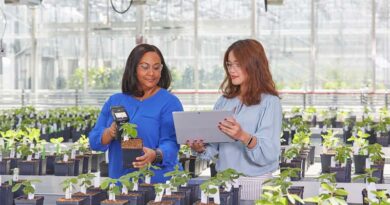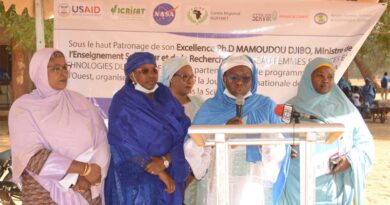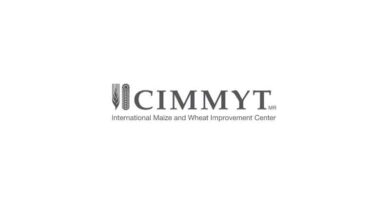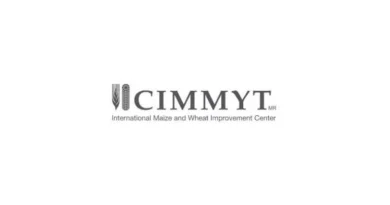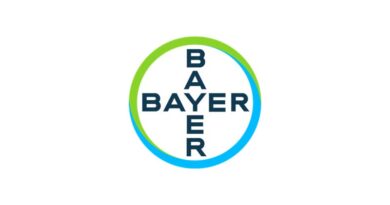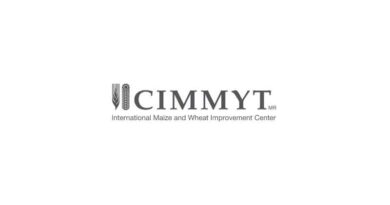Increasing Access To Nutrient-Enriching Technology To Bring Resilience to Food Systems
16 October 2023, US: This article was written for and published by the Global Agricultural Productivity (GAP) Initiative as part of the 2023 GAP Report: “Every Farmer, Every Tool”. It has been reposted with their permission.
Farmers face compromised livelihoods and nutrition security amid climate change and other challenges. Biofortified crops are bred with a greater density of micronutrients and climate-adaptive traits that improve their resiliency. Over 100 million people in farming households are now eating biofortified foods. To increase access to biofortified varieties, HarvestPlus is facilitating market linkages and driving awareness via social and digital media. Nutrient-enriched, high-yielding varieties such as zinc wheat and vitamin A cassava can strengthen staple food production and improve livelihoods and food systems inclusivity to address global hidden hunger.
Amid climate change and other global crises, farmers are facing significant shocks, compromising their food security and livelihoods. Floods, droughts, and greater exposure to crop diseases are direct nutritional and economic threats to billions of smallholder farmers and contribute to a deficit of plant and human nutrition. As temperatures rise, crops are expected to lose 8-10% of yield and 3-17% of their protein and nutrient contents
Plant breeders at CGIAR centers and National Agricultural Research Extension Systems have successfully achieved exceptional yields and nutrition gains in nutrient-enriched varieties of food crops that are more stable under a variety of challenging environmental conditions. This process of biofortification uses conventional breeding and agronomic techniques to develop nutrient-enriched crops that are proven to improve health. Improving smallholder farmers’ access to nutrient-dense, biofortified varieties of staple crops is vital for safeguarding nutritious diets, protecting livelihoods, and building resilient food systems.
In Pakistan, where 98% of the population relies on wheat as a daily staple, and malnutrition is estimated to cost the country USD 7.6 billion annually, devastating floods in 2022 destroyed millions of hectares of fertile land and displaced 33 million people. Biofortified zinc wheat is helping offset climate-induced losses as its production has risen rapidly to approximately 5.5 million metric tonnes (MT) in 2023.
Zinc wheat provides up to 50% more zinc than traditional varieties and up to 10% higher yield, bolstering the agricultural system’s resilience and improving productivity — all while accelerating the reduction of widespread, yet preventable, zinc deficiency.
To determine plant breeding priorities and ensure biofortified crops integrate the preferences and needs of farmers, extensive socio-economic research is conducted by HarvestPlus and its partners to assess farmers’ willingness to pay for improved crop varieties, their perception of the health benefits, and the sensory and baking properties of the crops.
Attracted to the nutritional advantage of zinc wheat, its good taste when used for traditional foods like chapati, and its competitive productivity, over 2.1 million farmers are now growing the crop (up from only 218,000 five years prior), enriching the diets of nearly 11 million vulnerable people.
Globally, over 100 million people in farming households are eating hundreds of varieties of nutrient-enriched crops—billions more could, and should, benefit. HarvestPlus and partners use a variety of approaches to improve access to biofortified varieties, including establishing market linkages between farmers and value chain actors and raising awareness through social and digital media.
In Zimbabwe, thousands of smallholder farmers are being connected to lucrative markets by digital technologies, now readily available to farmers even in rural parts of the country. Using mobile apps and SMS-blasts, farmers can easily access information about interested market buyers and processors and seed availability. They can receive virtual training, real-time extension services, and location-specific weather forecasts. The digital marketplace allows farmers to grow iron beans, vitamin A maize, and vitamin A orange sweet potatoes based on demand, and for processors to increase their capacity based on a guaranteed supply.
In Nigeria, where population growth, micronutrient malnutrition, and climate impacts converge, nearly 2.1 million farmers have adopted vitamin A-enriched cassava. The biofortified variety provides an average fresh root yield of 20.5 metric tons per hectare (MT/Ha), two-fold above the average yield (10.2 MT/Ha) of other improved but non-biofortified varieties. A primary objective of HarvestPlus upon introducing nutrient-enriched varieties into the food system—especially in highly entrepreneurial contexts like Nigeria—is to partner with local organizations to train and empower women on the processing and utilization of biofortified crops and with business skills, so they become nutrition and agricultural ambassadors within their communities and can kickstart small-and medium-sized enterprises that produce nutritious food products for markets.
As climate change intensifies, nutrient-enriched crops offer the potential to sustainably improve the resilience and livelihoods of smallholder farming households, making food systems more nutritious and inclusive, and capable of addressing hidden hunger.
Also Read: International Tractors Limited (ITL) launched 5 new tractor series under the brand Solis
(For Latest Agriculture News & Updates, follow Krishak Jagat on Google News)

